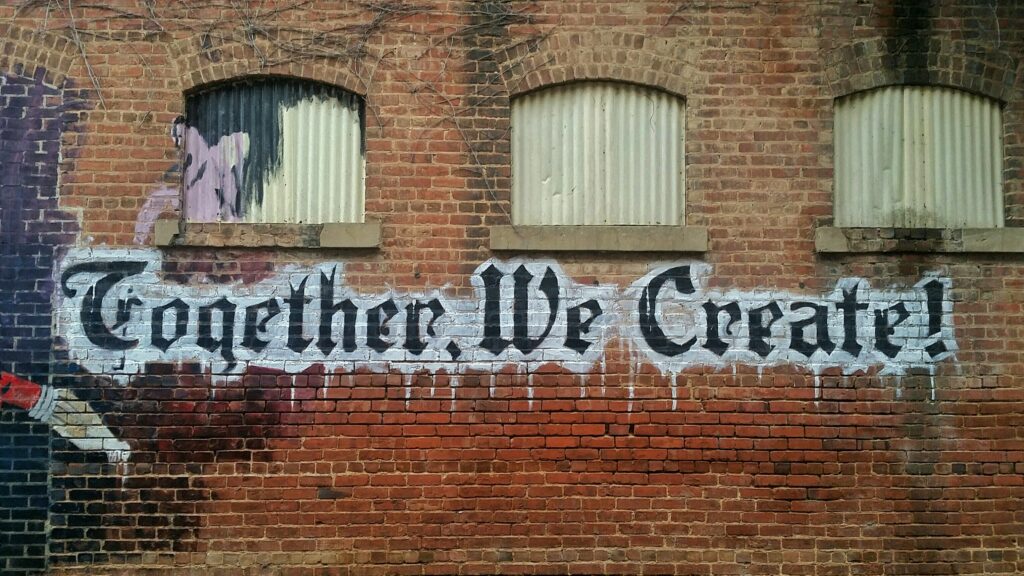Humanity
Creativity has the Power to Transform Human Behavior

Photo by “My Life Through A Lens” on Unsplash
Creativity, often regarded as the ability to produce something novel and valuable, has always been at the forefront of human experience.
From the first cave paintings to modern digital art, creative expression has mirrored societal development and directly impacted human behavior.
The transformative power of creativity is noticeable in various domains like art, education, and advertising.
We are going deep today to give cause for thinking about our Multifamily business differently. And to think about our leadership roles at work, at home, and in our communities.
Buckle up – this post is outside the bounds of our usual offering.
I hope you enjoy it.
Art as a Mirror and Catalyst
Historically, art has served as a reflection of societal values, beliefs, and aspirations, and for instance, the Renaissance period witnessed a burst of creative output in art and science. Leonardo da Vinci’s (a hero of mine) works, such as the Mona Lisa and The Last Supper, are masterpieces of visual appeal and signal a shift towards humanistic thinking and individualism (Jones, R. 2003. The Renaissance Art Book. Thames & Hudson).
However, art doesn’t just reflect change; it also instigates it. The street art of Banksy, for instance, has been known to challenge political norms and make viewers question established societal structures. His controversial artworks, like “There Is Always Hope,” compel individuals to reconsider their stances on issues like war, poverty, and surveillance (Ellsworth-Jones, W. 2013. Banksy: The Man Behind the Wall. St. Martin’s Press).
Education and Creative Thinking
The field of education has recognized the power of creativity in molding behavior and mindset. Sir Ken Robinson, a staunch advocate for incorporating creativity in education, posited that when students are encouraged to think creatively, they are more engaged, enthusiastic, and better equipped to solve problems (Robinson, K. 2006. Do Schools Kill Creativity? TED Talk).
Advertising and Behavior Modification
The realm of advertising offers profound insights into the direct impact of creativity on human behavior. Ad campaigns that resonate with viewers often employ a mix of creativity and psychology. For instance, the “Real Beauty” campaign by Dove challenged conventional beauty standards and pushed viewers to rethink their perceptions about beauty (Neff, J. 2007. “Dove’s ‘Real Beauty’ Pics Could Be Big Risk.” Advertising Age). Such creative campaigns don’t just promote products; they often lead to a change in societal perspectives.
Similarly, the “Share a Coke” campaign by Coca-Cola, which personalized coke bottles with names, didn’t just boost sales but also transformed consumer behavior by promoting sharing and connection among individuals (Moye, J. 2014. “Share a Coke: How the Groundbreaking Campaign Got Its Start ‘Down Under’.” Coca-Cola Company).
Digital Age and Virtual Creativity
Creativity’s influence on behavior extends to virtual platforms in the digital era. The growth of platforms like Instagram and TikTok has enabled users to engage in creative self-expression, influencing not just personal behaviors but also societal norms and values.
Virtual reality (VR) platforms take this a step further. For instance, applications like “VRChat” allow users to design avatars, spaces, and scenarios that can alter their perception of self and reality. Engaging with these creative tools can modify behaviors, such as increasing empathy by allowing users to experience life from different perspectives.
Creativity, in its myriad forms, profoundly impacts human behavior. Creativity continually influences and transforms how we think, feel, and act through art that challenges societal norms, educational practices that mold young minds, advertising campaigns that reshape consumer behavior, or digital platforms that redefine reality. By acknowledging and harnessing this power, individuals and broader society can usher in positive changes and build a more inclusive, empathetic, and forward-thinking world. I like to say the world is a great big education; embrace it for all you will become.
Share this:
Virginia Love | Collective Conversations
Release Date: 08.08.2023
In this episode, Mike Brewer sits down with Virginia Love – Industry Principle at Entrata. Virginia is a highly respected expert in the multifamily industry with a long history in multifamily leasing, marketing, and operations. She is a champion of the people in our industry and has a deep understanding of the ways that technology impacts the front-line teams and believes that it is our responsibility to elevate the role our team members play in the success of our industry.
Key Discussion Points:
- Lasting impact of the pandemic: The pandemic shed attention on the importance of the site teams and led to the current focus on them as the drivers of performance and doing what is right for the site teams, recognizing the need to reconsider appropriate wage levels. The pandemic accelerated the pace and adoption of technology and forced companies that were sitting on the sidelines to engage with virtual tours, self-guided tours, and more.
- Culture Matters: Entrata is a technology company that actively engages its customers in the Entrata culture – so much so that they become invested in the Entrata brand.
- Economic Inclusion: For decades, the only impact for residents who paid their rent on time was not incurring late fees and being sent to collections. Entrata offers a program that reports resident payment history to the major consumer credit reporting agencies. Giving renters the ability to build their credit by simply paying their rent is a significant economic empowerment tool.
- The Value of Yes – Advice if you desire to grow your multifamily career: Get involved. Make Yourself Indispensable. Do whatever other people don’t want to. Get active in your Apartment Association, IREM, or NMHC. Take every opportunity to learn and don’t wait for someone to teach you. There are countless ways to build your knowledge so take charge of your education and growth.
In between the non-stop camaraderie and laughter, Mike and Virginia share practical tips and advice based on their extensive knowledge and expertise in the multifamily industry.
Whether you’re a seasoned investor, property manager, vendor/supplier, or someone interested in learning more about the multifamily market, this series offers valuable insights that can help you navigate the challenges and seize the opportunities in this dynamic industry.
About Mike Brewer
Mike Brewer is enthusiastic about people, technology, and the world of multifamily. He serves as President of RADCO Residential and COO of The RADCO Companies. As the Founder of Multifamily Collective, Mike draws on his deep understanding of the multifamily space and is passionate about sharing insights and wisdom through a series of Collective Conversations with others in this industry. This podcast creates a platform for industry professionals to connect, learn, and grow together.
About Virginia Love
Virginia Love, Industry Principal at Entrata is directly involved with marketing, product and sales as a liaison from the multifamily industry to these departments. Before joining Entrata, she held prominent leadership roles for apartment owners and operators such as Trammell Crow and ING Clarion. Immediately prior to coming to Entrata, she was Vice President of Leasing and Marketing for Waterton Residential. With nearly three decades of industry experience, Virginia has served on numerous multifamily committees and boards for industry organizations including the Atlanta Apartment Association, Georgia Apartment Association, National Apartment Association, National Multifamily Housing Council and Zillow Multifamily Advisory Board. Love served as the 2018 Chairperson of the Georgia Apartment Association and the 2011 Chairperson of the Atlanta Apartment Association. Virginia is a National Apartment Association Lyceum graduate. In 2021, she was named a Multifamily Influencer by GlobeSt. Real Estate Forum and was honored by Connect CRE’s Women in Real Estate Awards for 2022. Virginia is also a part of the Apartment All Stars.
Additional Resources:
Some of the world’s largest owners and operators use Entrata’s vast suite of products to manage their entire portfolios using one operating system. Multifamily, Student, Affordable, Military, or Commercial – Entrata has the technology solutions to meet your needs. www.entrata.com
Sponsorship Info:
This episode is sponsored by: Updater
Updater is the app that gets residents move-in ready faster. Did you know that residents who are happy with their move-in experience are 59% more likely to renew their lease? Move-ins matter. Get them right with Updater. Visit go.updater.com/mike, and as a special gift to our listeners, Updater is offering a special gift when you book a demo.
Connect with Us:
We would love your feedback, questions, and topic suggestions for future episodes. Feel free to reach out to us via info@multifamilycollective.com or connect with us on [Social Media Platform(s)] LinkedIn, YouTube, and Facebook. Our podcast and interviews are also available on Apple Podcasts, Spotify, or anywhere you stream your podcasts.
Subscribe and Share:
If you enjoyed this episode, rate, review, and subscribe to our podcast on [Podcast Platform(s)] and share it with your friends, colleagues, and anyone who might find it valuable. Please help us spread the word about Multifamily Collective and empower others to thrive in the multifamily real estate industry.
If you or someone you recommend is interested in learning more about sponsorship opportunities, pleasecontact us.
Please subscribe to our weekly newsletter – The Collective Rundown
Thank you for tuning in to Multifamily Collective. Stay tuned for more exciting episodes coming soon!
Disclaimer:
The views and opinions expressed in this podcast are solely those of the individuals involved and do not necessarily reflect the official policy or position of MultifamilyCollective or any other organization mentioned during the episode. The podcast is for informational purposes only and should not be considered professional or legal advice. Always consult a qualified professional or your organizational leadership before making strategic, professional, financial, or investment decisions.
Share this:
Exploring the Full Spectrum of Improvisation for Success in Multifamily
Unleashing Creativity and Agility for Operational Excellence

Photo by RhondaK Native Florida Folk Artist on Unsplash
In multifamily management, leaders are confronted with numerous unforeseen challenges daily. Embracing the full spectrum of improvisation could be the game-changer needed to effectively navigate these challenges, optimize operations, and improve resident satisfaction. In this brief space, I want to unpack the potent benefits of improvisation and provide practical strategies for its application in multifamily management.
Despite structured management models and established protocols, multifamily leaders and property teams often encounter situations where no policy or procedure fits. Whether dealing with extraordinary maintenance events, handling delicate resident issues, or navigating team member concerns, these unanticipated situations require a swift, innovative response. Unfortunately, rigid adherence to antiquated procedures can stifle creativity, slow response times, and reduce satisfaction, leading to potential downsides or adversities.
Integrating the spectrum of improvisation into your management approach can offer many benefits. First, it promotes agile thinking, enabling your teams to adapt as new challenges arise and to quickly devise innovative solutions. This flexibility not only reduces downtime but also improves efficiency and productivity.
Secondly, improvisation fosters a problem-solving mindset, encouraging teams to find solutions rather than dwelling on problems. By empowering your team members with the freedom to improvise, you foster a proactive culture where challenges are seen as opportunities for innovation and growth.
Moreover, incorporating improvisation can enhance communication with residents, team members, and business partners. Emphasizing dialogue over rigid processes can lead to a better understanding of resident and team member needs, ultimately improving satisfaction and retention.
Finally, the act of improvising can stimulate continuous learning and improvement. By recognizing each unexpected event as a learning opportunity, you can refine your management strategy, creating a cycle of ongoing advancement.
Share this:
Josh Swing | Collective Conversations
In this episode, I sit down with Josh Swing, a respected expert in the leadership development industry, to discuss the importance of leadership development.
We explore various aspects of the topic, sharing valuable insights, personal experiences, and actionable strategies to help you thrive in business and life.
Drawing from a recent article published on the @wildsparq blog, we take a deep dive into the following key discussion points:
1. Leadership development increases retention
2. Leadership development increases company culture
3. Leadership development increases engagement
Share this:
“The Power of Emotional Validation: Benefits for Mental Health and Relationships”

Photo by Dan Meyers on Unsplash
Emotional validation refers to acknowledging and accepting someone’s emotions as valid and understandable.
It is a powerful tool that can benefit both the individual expressing their emotions and the person providing validation. Let’s explore some of the benefits of emotional validation.
- Builds Trust and Connection
When someone feels emotionally validated, they are more likely to trust and feel connected to the person providing validation. Validation sends the message that their feelings matter and that they are understood. This can create a sense of psychological safety, leading to stronger relationships and deeper connections.
- Reduces Stress and Anxiety
When we feel validated, our stress and anxiety levels decrease. This is because emotional validation helps us feel heard and understood, significantly relieving us when we struggle with difficult emotions. When we feel validated, we are better able to regulate our emotions and cope with stressors in a healthy way.
- Promotes Emotional Awareness and Acceptance
Emotional validation encourages us to acknowledge and accept our emotions, even if they are uncomfortable or difficult. This can be a crucial step in emotional regulation and growth. By validating our emotions, we can learn to recognize and accept them rather than trying to suppress or ignore them. This leads to greater emotional awareness and a more authentic sense of self.
- Encourages Communication and Problem Solving
Feeling validated makes us more likely to communicate openly and honestly with others. This can lead to more effective problem-solving and conflict resolution. By validating each other’s emotions, we can work together to find solutions that work for everyone rather than becoming defensive or argumentative.
- Improves Mental Health and Well-being
Emotional validation can have significant benefits for our mental health and well-being. By acknowledging and accepting our emotions, we can reduce the negative impact of stress and anxiety on our mental health. Additionally, by building connections with others through emotional validation, we can improve our social support networks and increase our resilience in difficult times.
Share this:
- Page 1
- Page 2
- Page 3
- Interim pages omitted …
- Page 5
- Go to Next Page »

